Latest Blog Post
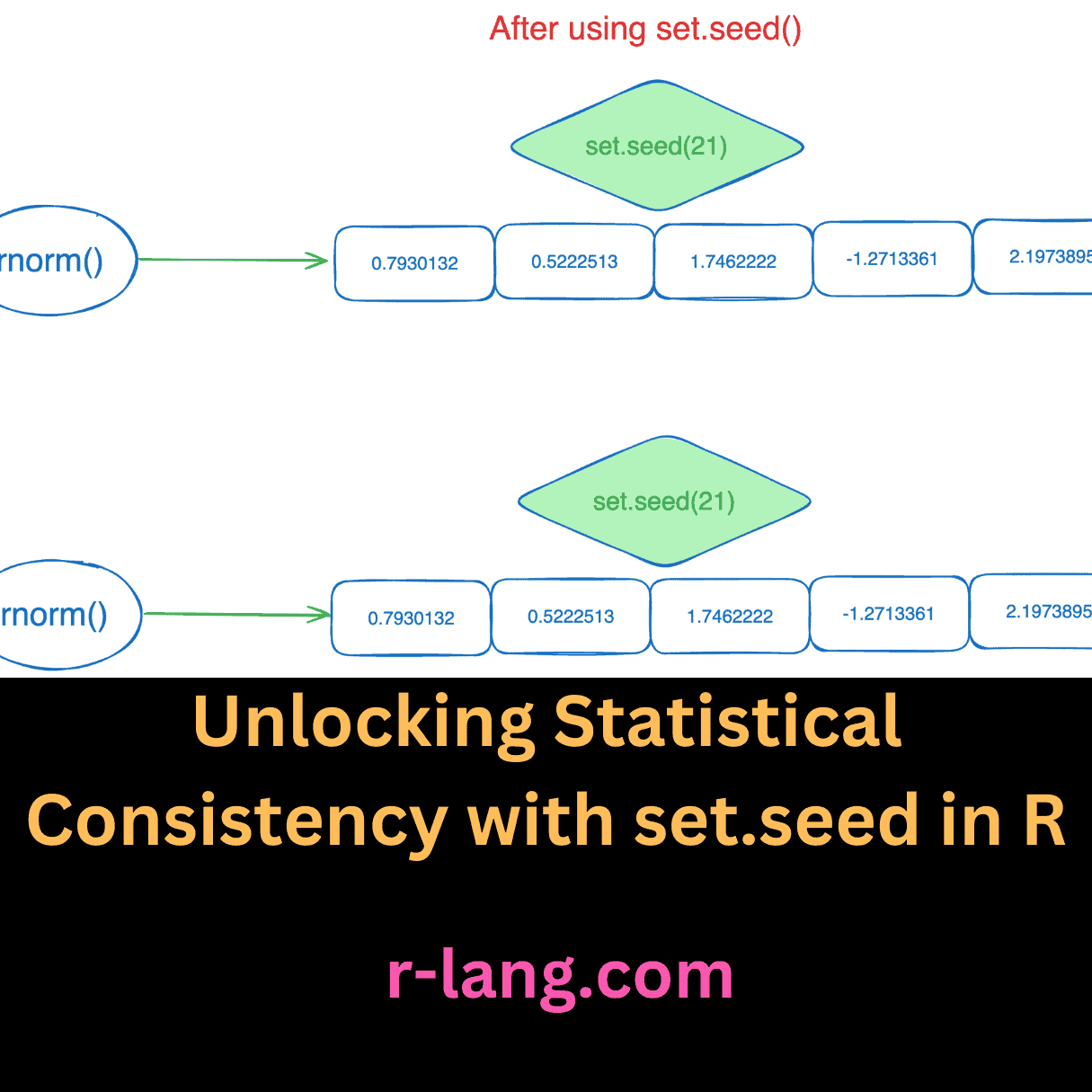
Unlocking Statistical Consistency with set.seed in R
Picture this: You are playing Snakes and Ladder and need the dice to roll the …
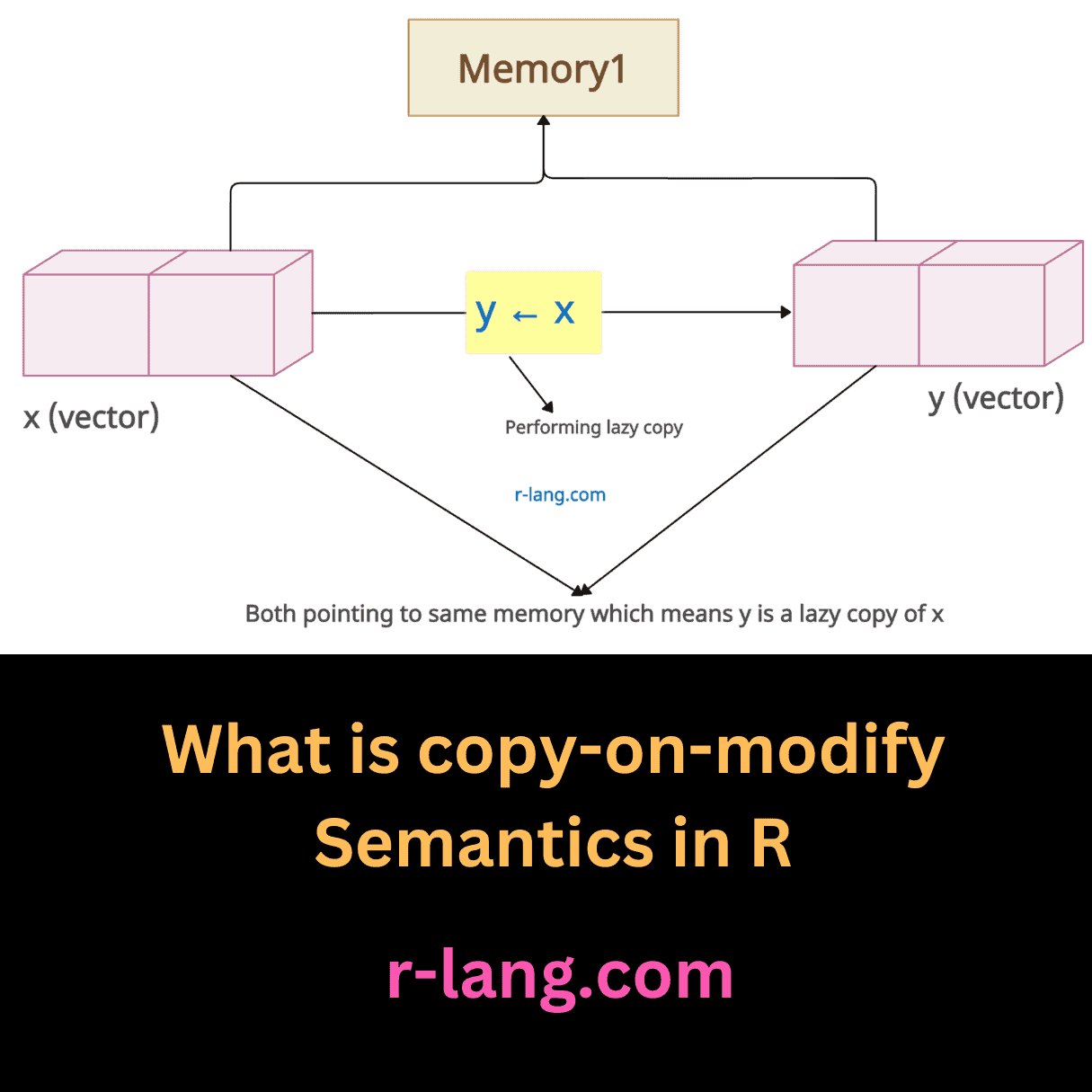
What is copy-on-modify Semantics in R
The copy-on-modify semantics is a memory management technique that modifies one or more objects, copies …
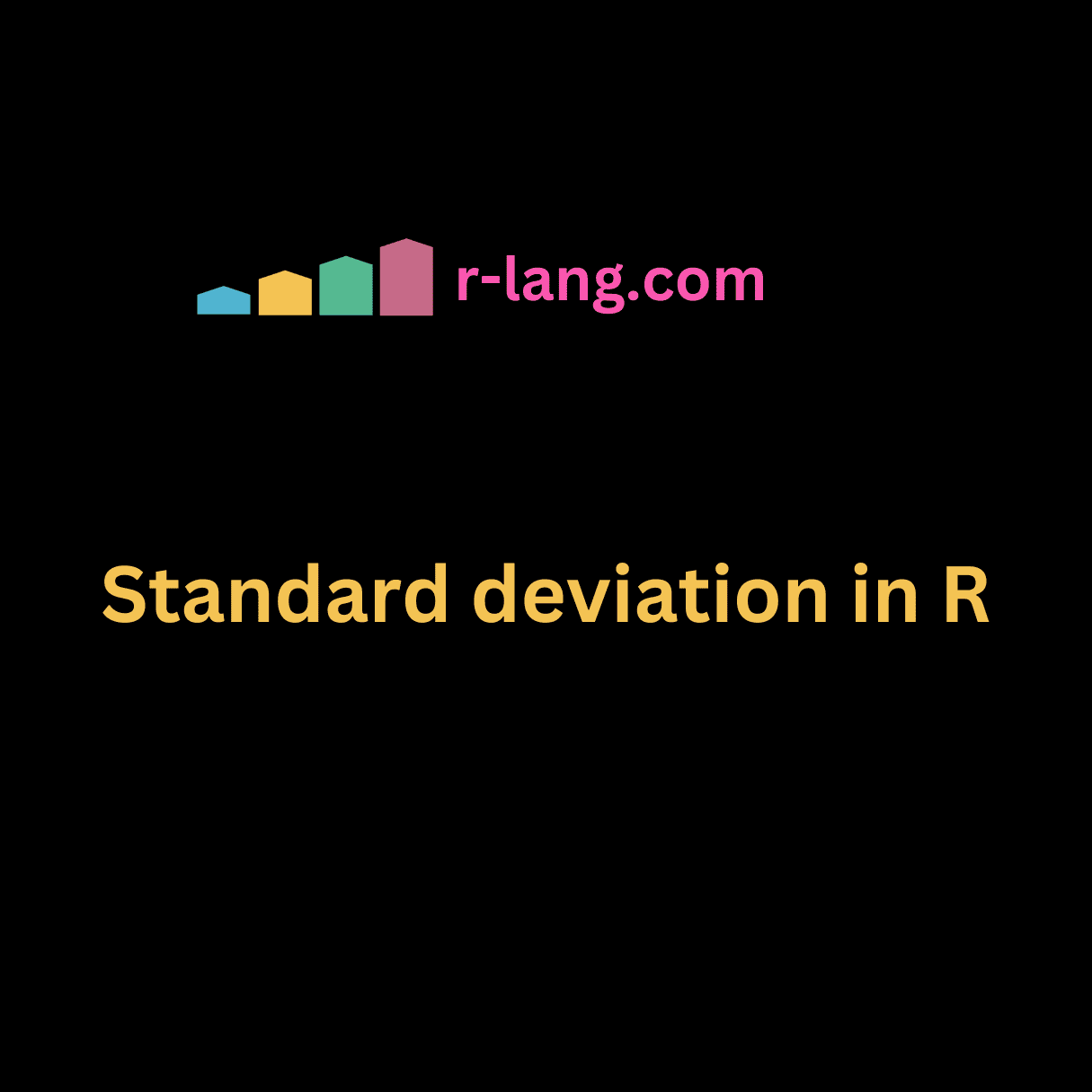
How to Find Standard deviation in R [Using Real-life DataSet]
The standard deviation is a measure that tells you how spread out data are in …

How to Calculate Mean in R
Mean means the arithmetic average of a number in mathematics. An average is the sum …
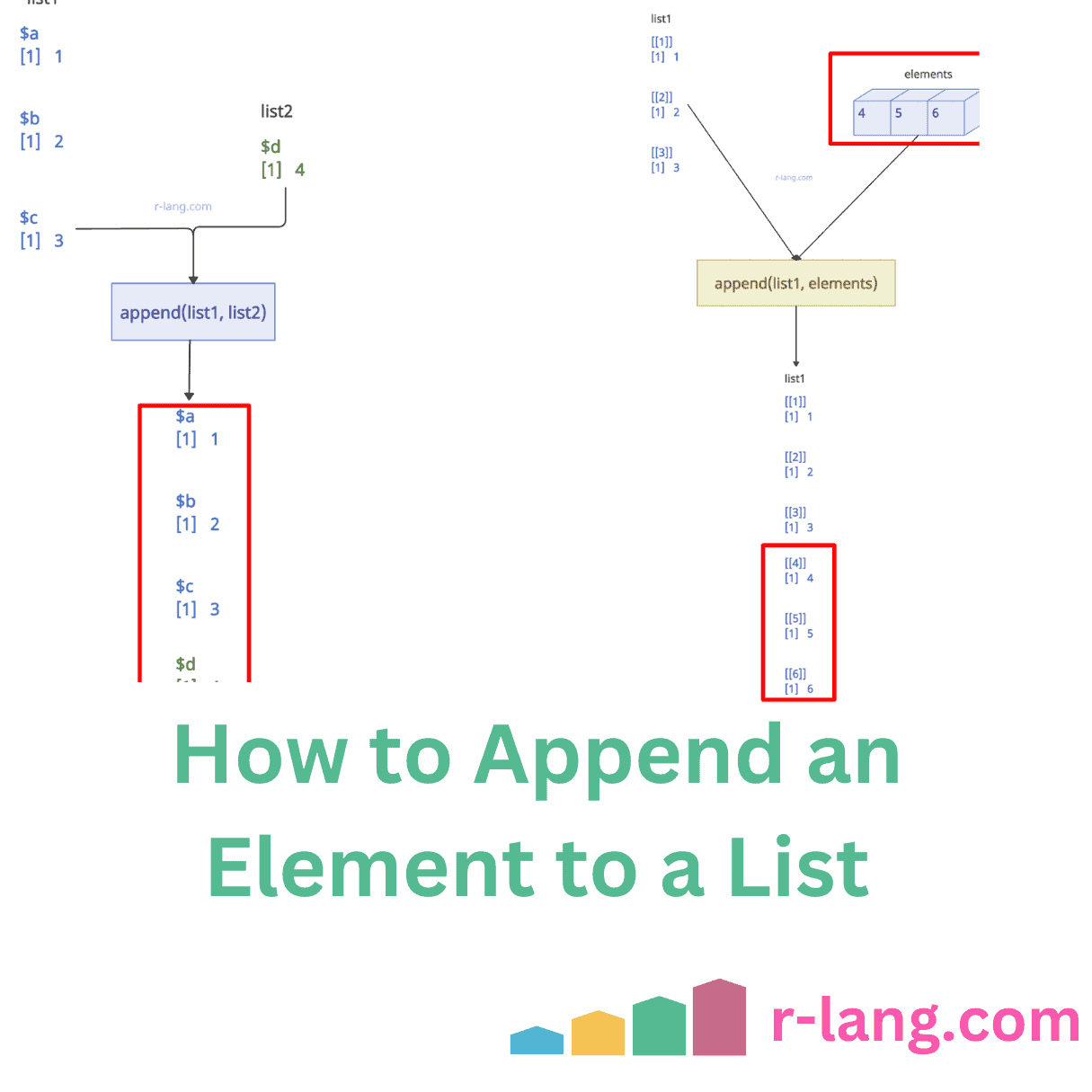
How to Append an Element to a List at Any Position in R
List in R is a data structure that can hold multiple types of elements. You …
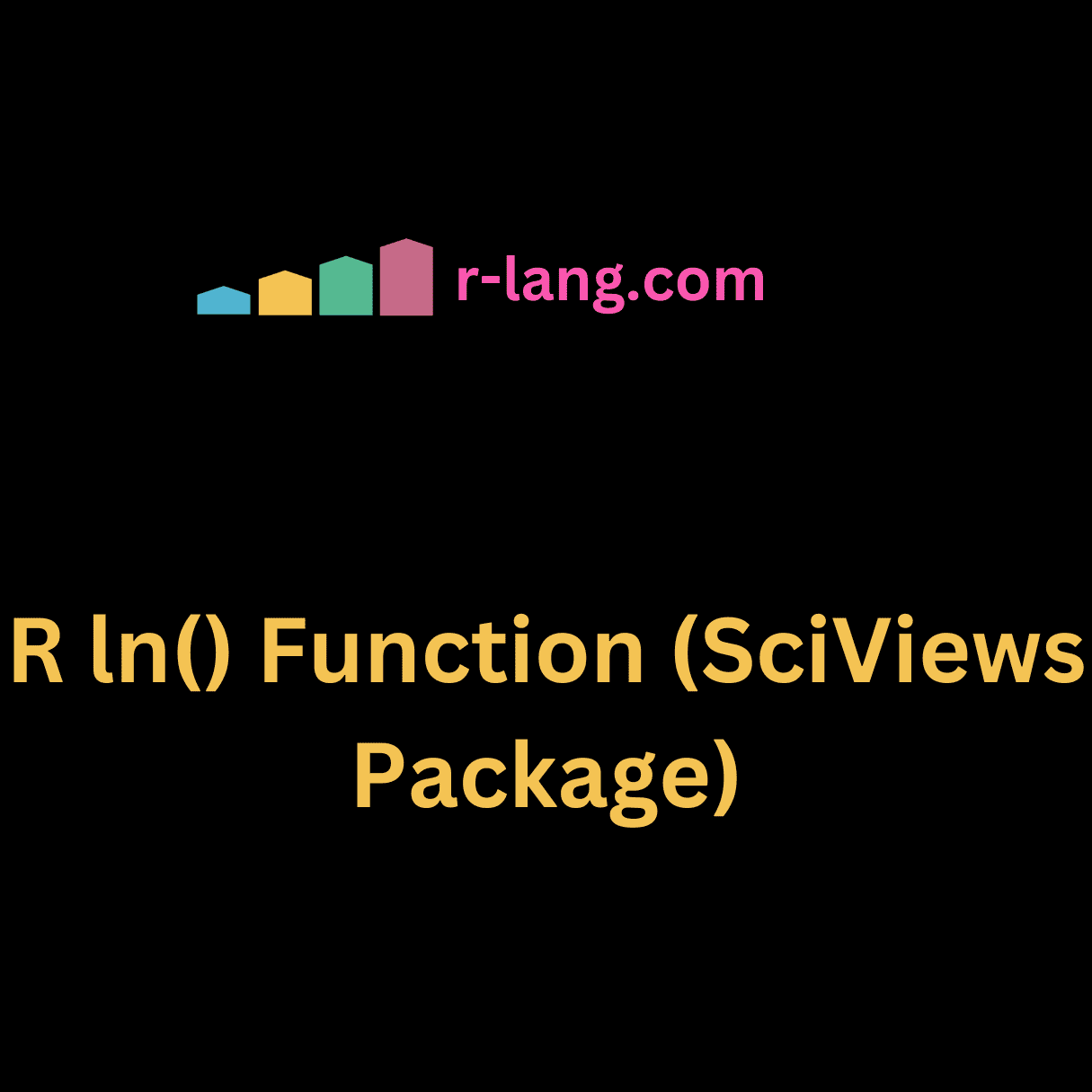
R ln() Function (SciViews Package)
The ln() function from the SciViews package calculates the natural log of the input vector. …
